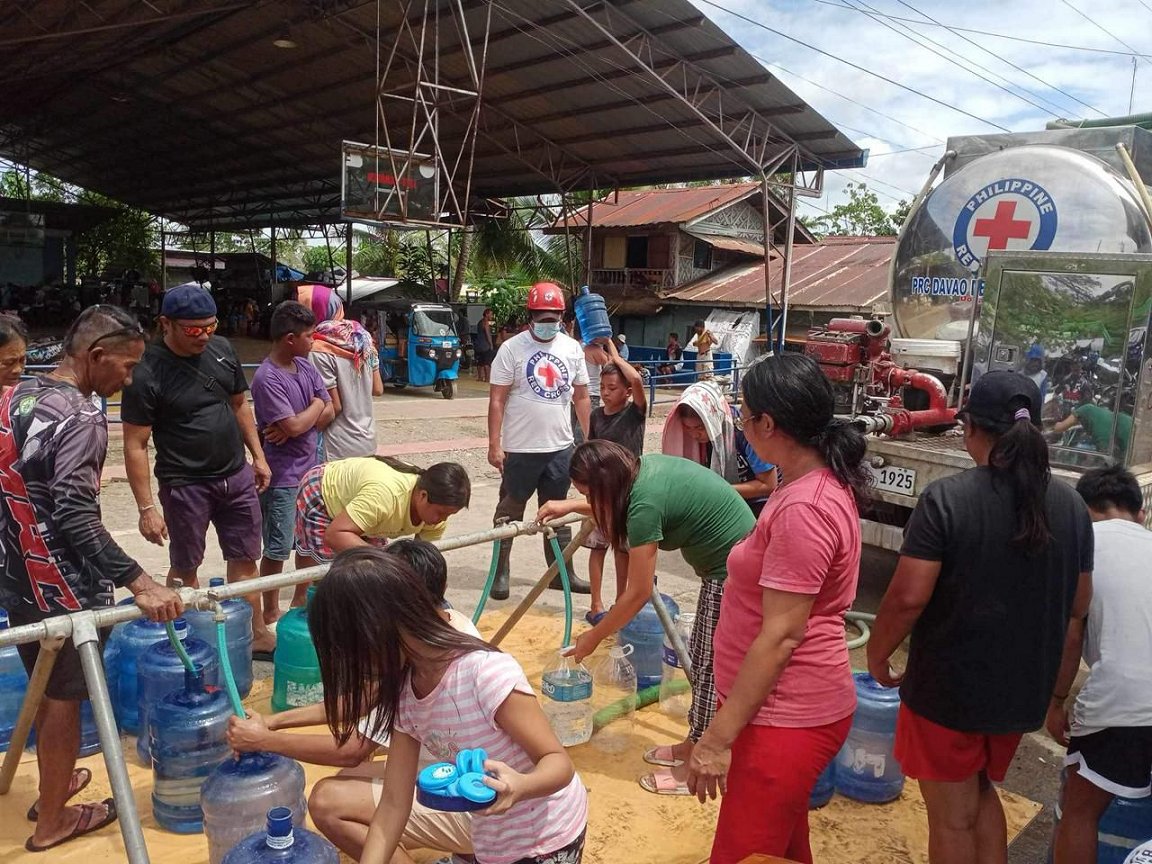
Study: Philippine island faces worse landslides with rainfall now 50% more intense

By the Climate Centre
Already-heavy monsoon rainfall like the event that led to deadly floods and landslides on the southern Philippine island of Mindanao earlier this year is now about 50 per cent more intense, according to a rapid analysis by the World Weather Attribution group published last week.
Mindanao – the second largest in the Philippine archipelago – saw two days of heavy rain in mid-January, then nearly a week of downpours later in the month from a monsoon trough of low pressure.
The National Disaster Risk Reduction Management Council reported that at least 365,000 people were affected, and media reports said nearly 100 people have died with many others still missing after a particularly bad landslide in Mindanao’s Davao de Oro province
Richard Ybañez, Chief Science Research Specialist at the University of the Philippines and a member of the WWA team, said: “We can’t just blame the rain for the severe impacts. A range of human factors is what turned these downpours into deadly disasters.
“It’s well known that Mindanao island is highly vulnerable to landslides due to high rainfall, frequent earthquakes and steep, hilly terrain along its eastern half.
“Evacuations from high-risk locations were carried out when the island was hit by the rainfall in late January. However, many people were still in harm’s way.
“It is critical that both early warning systems and assessment of landslide-prone areas are improved to avoid similar disasters in the future.”
Health advice
While heavier rainfall is expected because a warmer atmosphere can hold more moisture, “limitations in climate models meant the scientists could not quantify the extent to which human-caused climate change is responsible for this increase,” a WWA press release added.
Over the past few weeks the Philippine Red Cross in Mindanao has been able to reach more than 5,500 of the most affected families with relief items as well as assistance with emergency relocation, health advice and assistance with children.
The IFRC sent nearly 500,000 Swiss francs to enable the National Society to expand its response.
The current phase El Niño, which the WMO says has just peaked as one of the five strongest on record, would typically make rainfall less intense in the Philippines, meaning that had these events occurred in a neutral or La Niña phase, the rainfall in January and February would probably have been heavier still.
As part of the WASH component of its response, the Philippine Red Cross deployed water tankers and bladders in Davao de Oro (photo) and Davao del Norte, which together have supplied thousands of people with safe water. (Photo: PRC via IFRC/@sanjeevkafley)